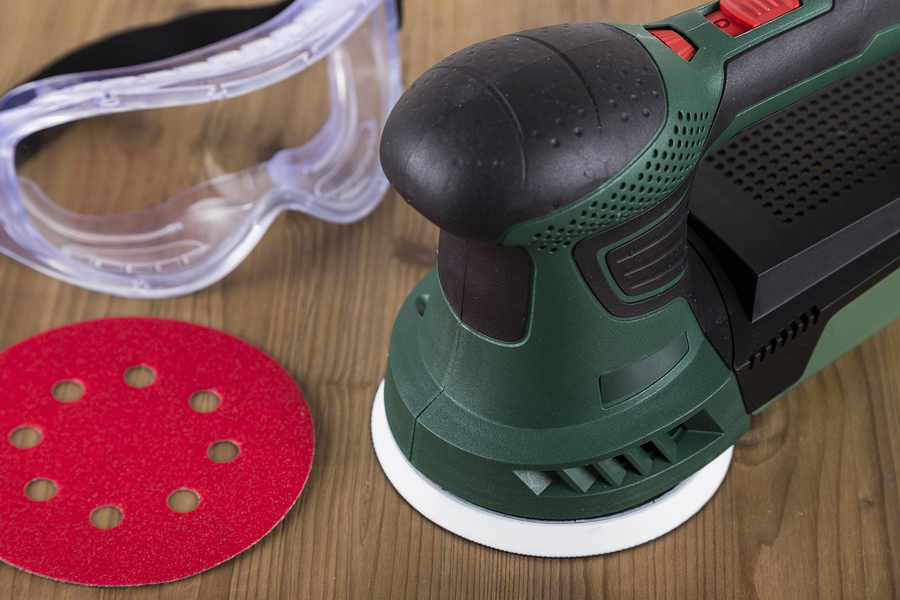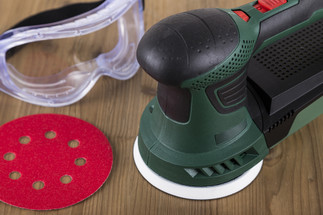Posted by Sandpaper America on May 29th 2019
Facts About Orbital Sander Back Up Pads
As someone who is familiar with building and construction, you know that random orbital sanders are one of the most fundamental tools to have on hand for general woodworking needs. Without this handy tool, it would be much more of a challenge to prep wood surfaces for stain or other types of coatings. However, random orbital sanders can also pose their own set of challenges when it comes to their manufacturer design. Some models have spin pads that are more prone to leaving behind visible markings or swirls, while others can over-polish.
Fortunately, we have backup pads, which help defend our work pieces from residual markings or excessive polishing made by the primary spin pads on a sander. What are backup pads, exactly? Well, in order to produce a random scratch pattern, the sander must use spin pads and backup pads, simultaneously. The sandpaper attaches to the backup pads on a random orbital sander, either with a hook and loop assembly (H&L) or pressure sensitive adhesive (PSA). But when these pads start to experience problems, or even normal wear and tear, it jeopardizes the operation and results of your work. Continue below to learn more facts about sander backup pad safety, use, and removal.

>> Out of Balance Pads
When backup pads are defective or out of balance, they can cause a long list of problems for a woodworking project. Overtime, usage of a sander will cause the backup pad to deform and change shape, which affects its ability to have full contact with flat surfaces and increases the amount of time the project takes to complete. This can render inconsistent or unleveled finishes, scratches, and more.
>> Backup Pad Removal
There are some safety precautions to take when it comes to changing out your random orbital sander backup pad. If your pads are attached via hook and loop, you can expect them to basically fly off the back of the sander once they are worn out. You can see where the safety hazard can come into play here. As for sanders that use pressure sensitive adhesive, you can expect the discs to be quite difficult or stubborn to remove. This can lead to sudden jerking, which can cause skin abrasions and cut wounds.
>> Backup Pad Change Schedule
It is advised to change your backup pads on your random orbital sander at least once per month. Of course, this general rule of thumb largely depends on several factors, like the frequency at which you use your sander and the types of projects you are doing. For less frequent usage, it is recommended to change backup pads every three to six months.
Where to Get Top-Quality Sanding Products
Call Sandpaper America at 1-800-860-SAND for information about sanding products, today! We offer a large online inventory of high-quality sandpaper and sanding products at the most competitive prices online! We manufacture our products in-house, so you can trust they are high-quality and shipped nationally. Find open coat and closed coat abrasives, belts, discs, rolls, and much more on our Sandpaper America Website, and see for yourself just how affordable sanding products can be! Call 1-800-860-SAND for information about our products, bulk shipping, online orders, and more, any time.

